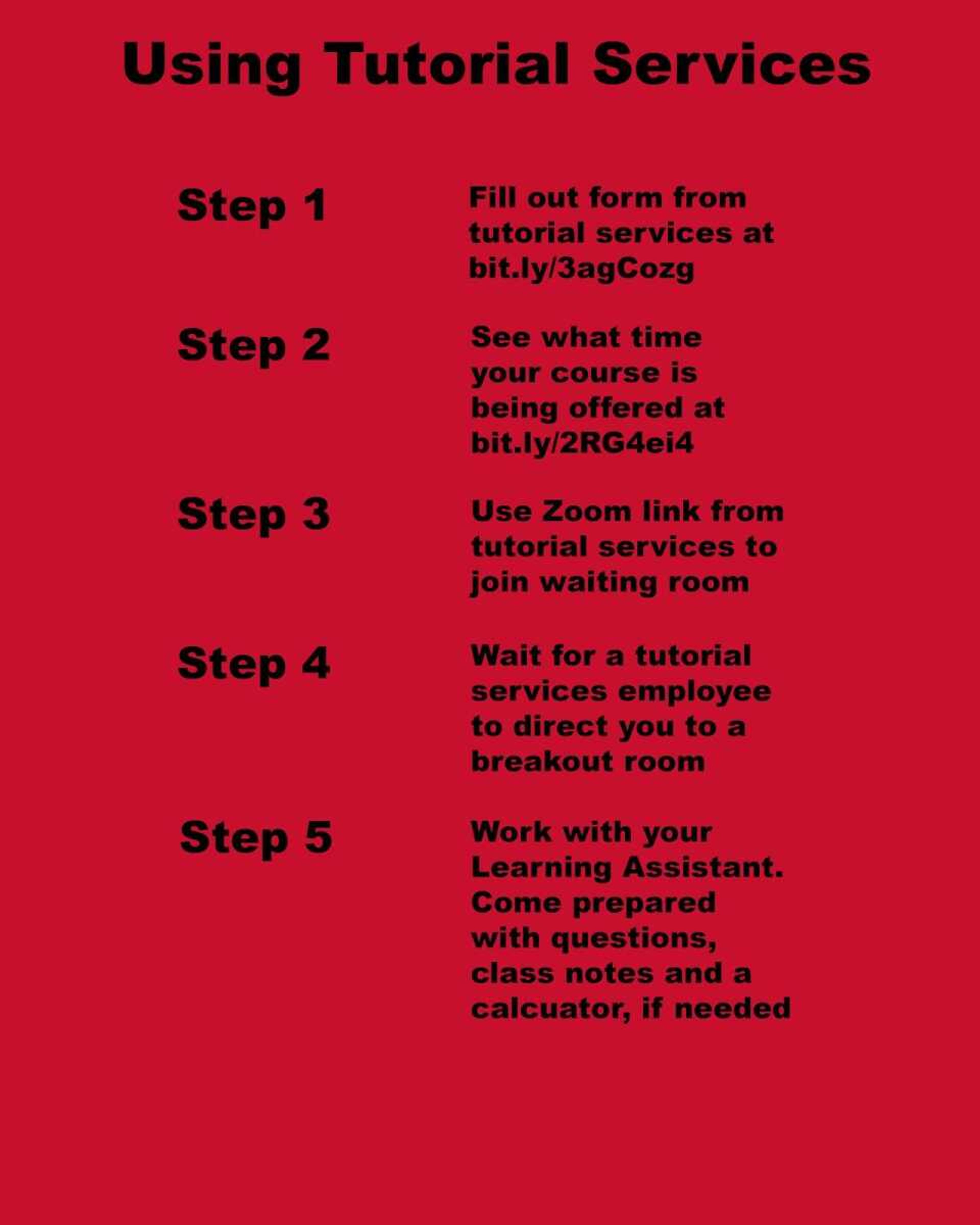With the help of Zoom and 30 learning assistants, University Tutorial Services resumed tutoring sessions in a new drop-in lab format, where students can receive assistance in some of Tutorial Services most requested courses.
According to WyKeshia Atkins, director of learning assistance programs, the drop-in lab format began March 30 and serves nine of approximately 70 courses offered by tutorial services. Atkins said they chose to offer nine of the most highly requested courses: BS113, BS114, CH181, CH185, CH186, CH341, MA115, MA116 and MA155.
“In coming up with how this will be facilitated, the overall goal was to service as many students as possible,” Atkins said. “We did a comparison of highest requested courses, how many active appointments we had, and that’s how we formed the list of courses that we’re serving students.”
Atkins said discussion about online tutoring began before spring break and was discussed between herself, Assistant Vice President for Academic Diversity and Outreach Trent Ball and Vice President for Enrollment Management and Student Success Deborah Below.
According to Atkins, 30 of tutorial services 57 learning assistants were selected to continue online due to a number of criteria. MA115 Learning Assistant Taylor Just said tutors selected what hours they were able to work between 9 a.m. and 8 p.m. 30 students have used the service as of Tuesday, April 21, but almost double have shown interest in tutoring, Atkins said.
“With the recent announcement regarding student employees, all of our learning assistants are not contributing to the open lab,” Atkins said. “Learning assistants that are [tutoring], they were identified prior to the announcement of the university [offering] an alternate delivery method, solely based on the course they can tutor, if they have the capabilities for Zoom [and] if they have the capabilities for internet connection at home.”
Because some courses are not being offered, Atkins said students who previously had appointments should get in touch with their tutor and students, in general, should utilize the resources available to them, like professor office hours.
Students interested in the drop-in labs are required to fill out a form and will later receive an email from tutorial services with the link to the Zoom lab. Once a student has signed in, a tutorial services employee goes through the waiting room and assigns students to groups based on the course in which they need assistance.
Usually, students would work with their tutors one-on-one, but services have been adjusted for group tutoring to serve as many students as possible. While it can be harder without face-to-face interaction, Just said she and other tutors are using Zoom tools to their advantage.
“Zoom has a share screen button that you can share whatever you’re looking at with the person you’re tutoring at that time, so I look up examples and I share my screen to explain,” Just said. “There’s also a whiteboard option, so you can write on your screen example problems and how to solve those.”
The drop-in lab is open from 9 a.m. until 8 p.m., Monday through Thursday, with most courses offering Friday times.
She said tutoring benefits more than just a student's academics, it benefits their mental health by being in a class format and working with their peers.
“With all of the changes with COVID-19, all the mental health concerns that have arisen, students are struggling to be motivated,” Atkins said. “While we’re not having one-on-one scheduled appointments, this also gives students an opportunity to connect with their peers.”




